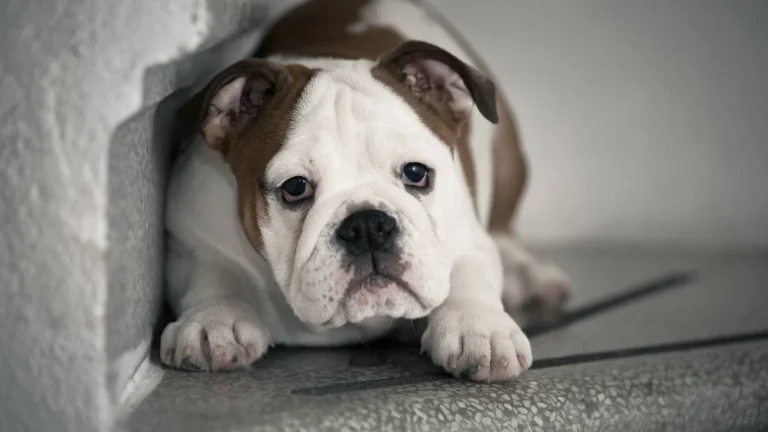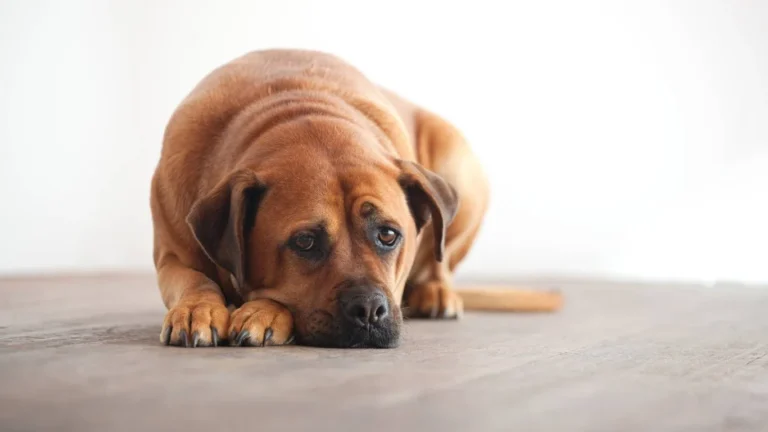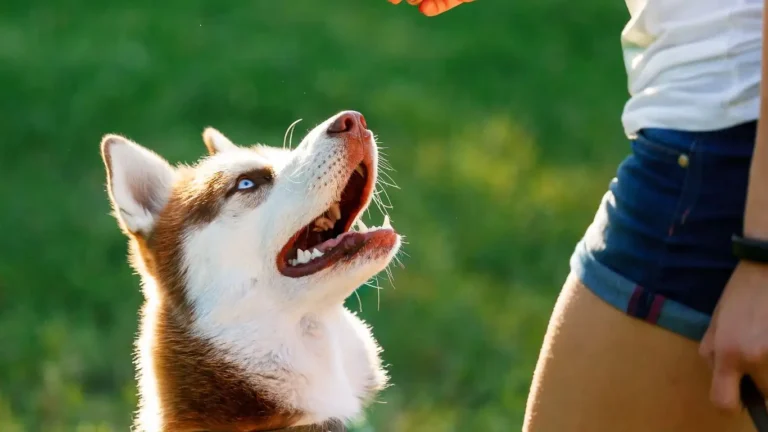How to Tell If Your Dog Is Dehydrated: Warning Signs Every Owner Should Know
If you’re anything like me, you probably spend a good chunk of your day watching your dog and wondering, “Is that normal?” From the way they sprawl out on the floor like a pancake to the way they occasionally wolf down grass, there’s always something to keep us on our toes. One biggie I’ve seen way too often in my years as a veterinary assistant—especially when nutrition’s in the spotlight—is dehydration. Yep, figuring out how to tell if your dog is dehydrated is way more important than most folks realize. It’s not just a summertime issue, and it doesn’t always show up in obvious ways.
Why Dehydration Is a Big Deal for Dogs

Water is life—literally. Just like us, dogs depend on a steady water balance to keep everything running smoothly, from their organs to their joints to their ability to regulate temperature. When that balance gets thrown off, things can spiral quickly. I’ve had pet parents come in thinking their dog just seemed a little tired or wasn’t feeling “quite right,” and it turned out the poor pup was dangerously dehydrated.
And dehydration isn’t always about forgetting the water bowl. It can be caused by:
- Hot weather or prolonged sun exposure
- Diarrhea or vomiting
- Fever or illness
- Kidney disease or other chronic conditions
- Not eating (since food also contributes to hydration)
How to Tell If Your Dog Is Dehydrated
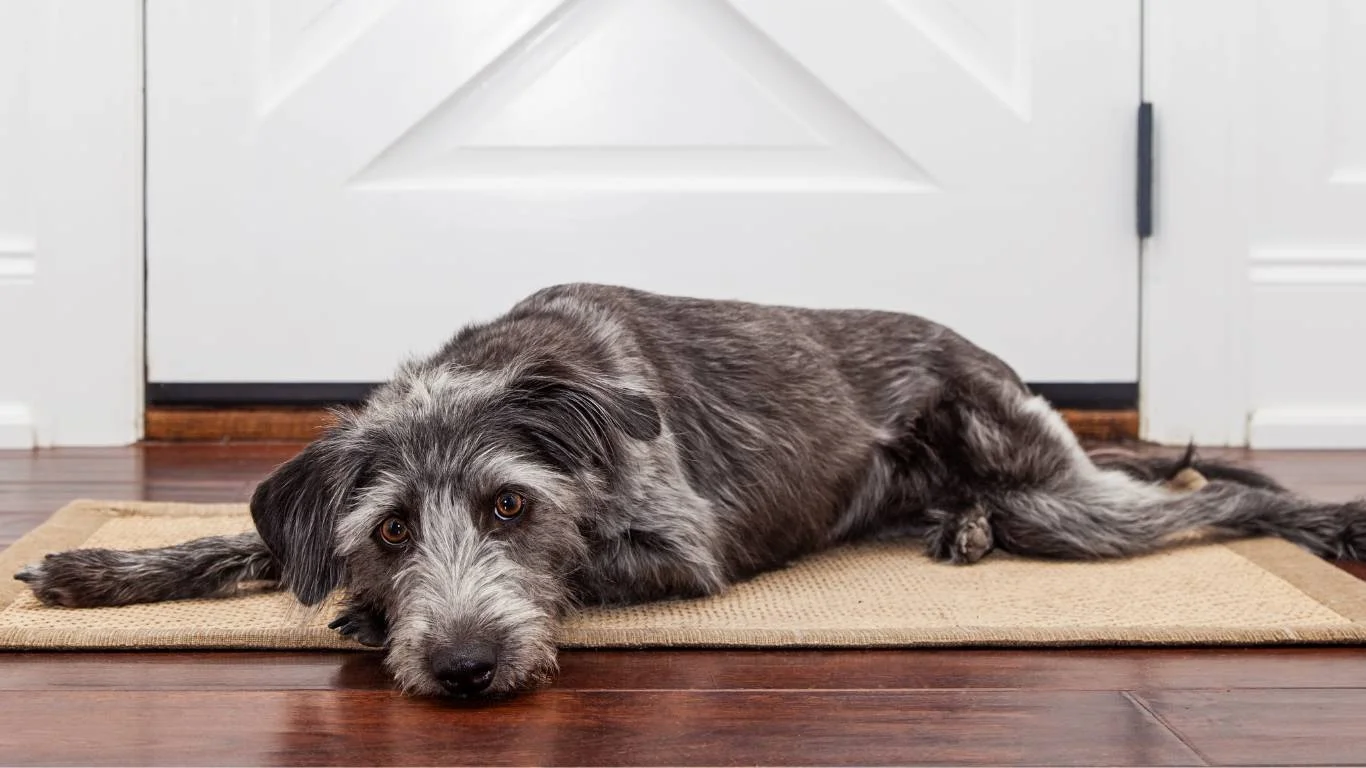
1. Check the Skin Elasticity
This one’s called the skin tent test, and it’s quick and easy. Gently lift the skin on the back of your dog’s neck or between their shoulder blades. If it snaps back right away, that’s a good sign. But if it lingers in a tent-like shape or is slow to return? That’s a red flag. In my clinic days, this was one of the first checks I’d do. I’ve seen dogs so dehydrated their skin barely budged.
2. Dry Nose and Gums
You’ve probably heard that a wet nose equals a healthy dog—but that’s not a foolproof sign. A better indicator? Their gums. Go ahead and lift your pup’s lip and take a look. If their gums feel dry or tacky instead of slick and moist, they might be running low on fluids. Bonus tip: Press your finger gently to their gums. In a hydrated dog, the color should bounce back in under two seconds. If it takes longer, something might be off.
3. Sunken Eyes
This one is usually more noticeable in moderate to severe cases, but I’ve caught it early a few times just from looking closely. If your dog’s eyes look a little dull or sunken, like they’ve lost that spark, dehydration could be the culprit.
4. Lethargy or Acting “Off”
This is where that gut feeling comes into play. You know your dog best. If they’re not bouncing around like they usually do, seem low-energy, or just aren’t acting like themselves, dehydration could be behind it. One time, a regular brought in her lab mix who just seemed “slower” than usual. We did a quick check—sure enough, the pup was dehydrated and needed some subcutaneous fluids.
5. Loss of Appetite
It’s a bit of a cycle: dehydration can cause your dog to stop eating, and not eating can make the dehydration worse. If they’re skipping meals or seem disinterested in food (especially moist or wet food), keep an eye out for other symptoms.
Common Scenarios That Lead to Dehydration
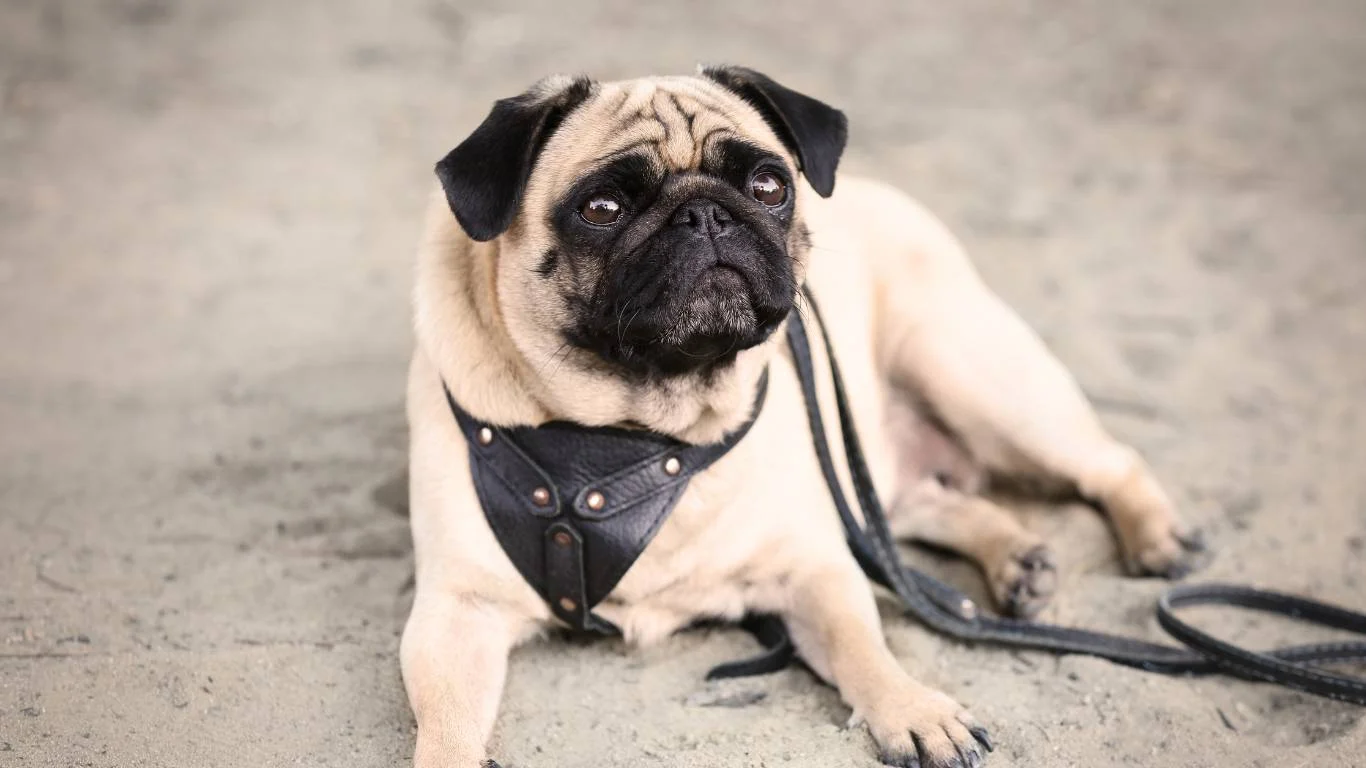
After Playtime or Long Walks
Especially in warmer months or after heavy exercise, dogs can lose a lot of moisture through panting. I always recommend pet parents bring water on walks, even if it seems like a short trip. Trust me, I’ve seen big dogs go from wagging tails to wobbly legs in under 15 minutes on a hot trail.
Illness and Recovery
When your dog’s not feeling great—vomiting, diarrhea, fever—you’ve got to be extra careful. Their fluid needs go up, but they may not feel like drinking. It’s a tricky combo. That’s when broths, ice chips, or even syringe-feeding fluids can help.
Travel and New Environments
Some pups are picky about where they drink. I’ve had clients tell me their dog refused to touch unfamiliar water at a hotel or while camping. Tip: bring water from home or try flavoring unfamiliar water with low-sodium broth to encourage drinking.
And if you’re ever in doubt, trust your instincts. It’s always better to be overly cautious than miss the subtle signs. Next, we’ll get into what to do if your dog is dehydrated, how to prevent it in the first place, and some helpful tools I recommend from my hands-on experience.
What to Do If You Think Your Dog Is Dehydrated
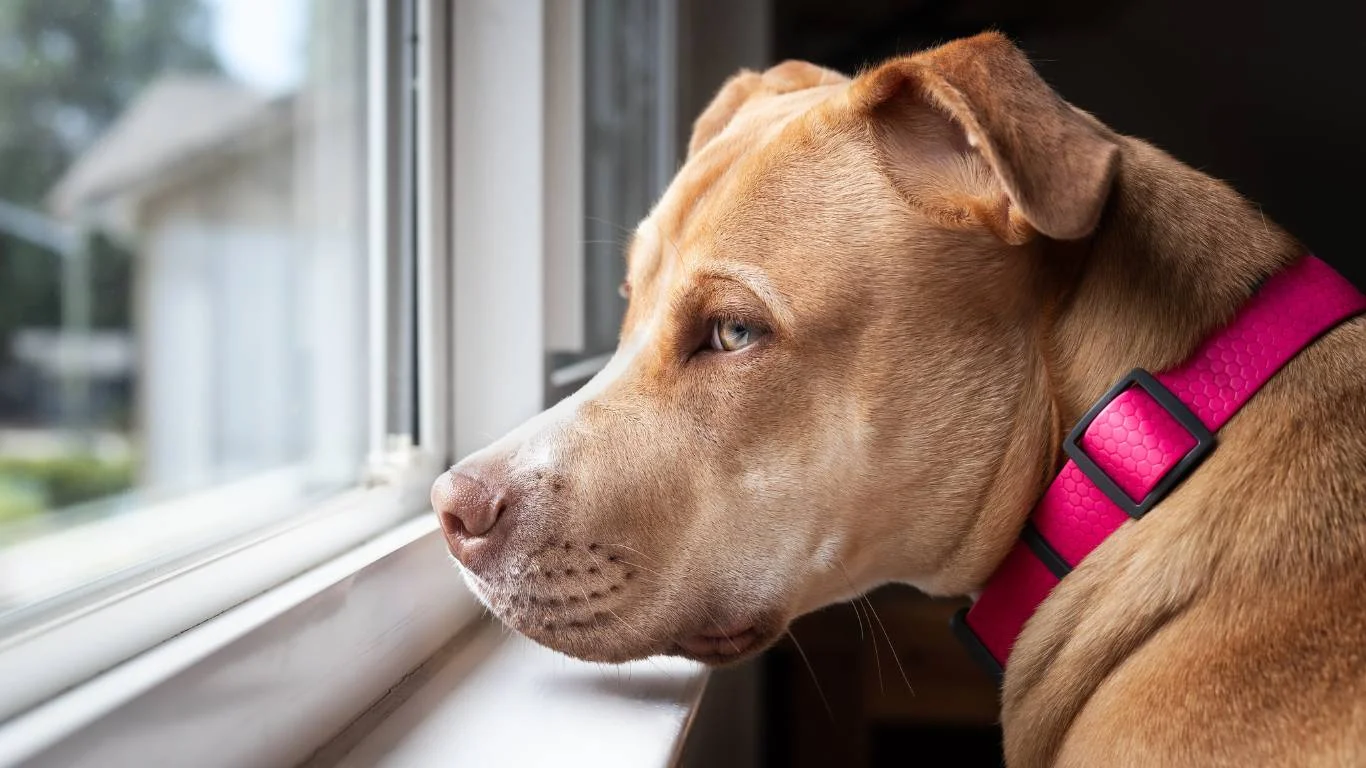
Alright, so you’ve gone through the signs and you’re getting that little pit in your stomach—something’s off. First things first: don’t panic. Dehydration can be serious, yes, but the earlier you catch it, the easier it is to fix. I’ve had plenty of dogs bounce back quickly with a little support, especially when their humans acted fast.
Offer Small Amounts of Water
If your dog’s showing mild signs, try giving them a few sips of cool water. And I mean sips—not a whole bowl all at once. Gulping down water too quickly can actually cause vomiting, which obviously makes the dehydration worse. I usually tell clients to let their dog drink a little, wait a few minutes, then offer a bit more.
Try Ice Cubes or Crushed Ice
Some dogs will go for ice when they’re not interested in water. It’s less overwhelming and a good way to sneak in hydration. I’ve even had some pups treat it like a game. One little Chihuahua I worked with absolutely loved chasing ice cubes across the kitchen floor. Distraction plus hydration—win-win.
Hydration Boosters: Broths & Electrolytes
Another trick from my toolbox: low-sodium chicken or beef broth. It adds flavor and encourages dogs to drink. Just make sure it doesn’t have onions or garlic (those are toxic to dogs!). You can also ask your vet about pet-safe electrolyte solutions—there are a few out there made just for dogs, and they can work wonders in mild cases.
When to Call the Vet
Let me say this loud and clear: if your dog is vomiting, has diarrhea, won’t eat or drink, or seems weak or disoriented, call your vet ASAP. Dehydration can go from “meh” to medical emergency fast. I’ve seen dogs come in just a little sluggish, and by the time we got vitals, they needed fluids right away. Don’t wait it out if your gut says something’s wrong.
How Vets Treat Dehydration

Now, if you do end up at the vet (and good on you if you do), here’s what might happen. This part used to surprise people all the time when I worked the treatment room.
Subcutaneous Fluids
This is the most common fix for mild to moderate dehydration. Basically, we inject sterile fluids just under the skin—usually between the shoulders—and they absorb over time. It’s quick, doesn’t usually require sedation, and most dogs tolerate it really well. Plus, it works fast. I’ve seen pups perk up within the hour.
IV Fluids
If your dog’s more severely dehydrated or can’t keep fluids down orally, the vet may recommend IV fluids. This means your dog stays at the clinic for monitoring and gets a constant drip of fluids through a catheter. It’s a little more intense, but sometimes it’s absolutely necessary—especially if they’re also dealing with an underlying illness.
Checking for Underlying Causes
Dehydration is often a symptom of something else. So if your dog shows up dry as a desert, your vet may want to run bloodwork, check kidney function, or look into gastrointestinal issues. I’ve seen dogs with undiagnosed diabetes, kidney disease, even infections all start out with dehydration as their first obvious sign.
Preventing Dehydration Before It Starts
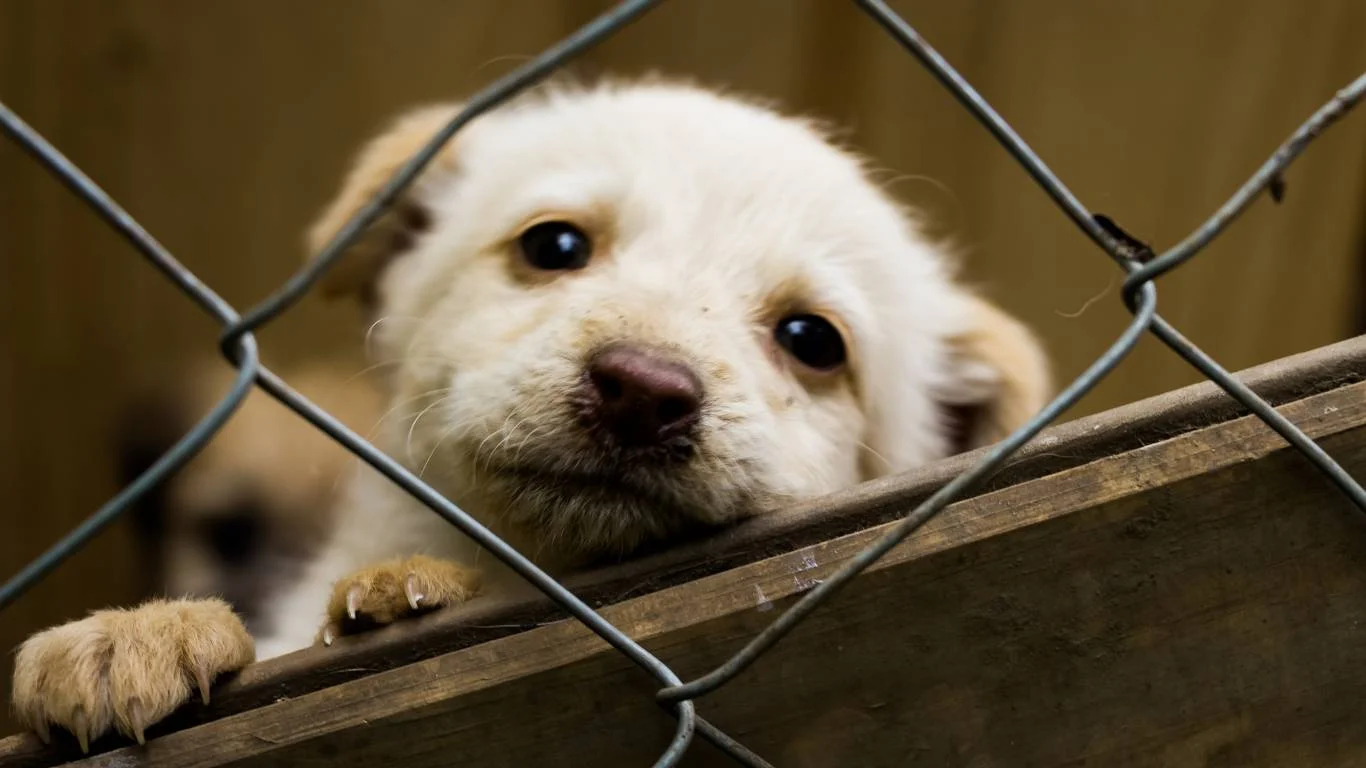
Okay, prevention time—because honestly, it’s way easier to keep your dog hydrated than to deal with the aftermath. Here’s what I always tell clients (and what I do for my own dogs at home):
Keep Fresh Water Available—Everywhere
This one sounds basic, but it’s surprising how often people forget. Water bowls should be cleaned daily (slime builds up fast!) and filled with cool, clean water. I like to keep multiple bowls around the house and one outside. If you’ve got a multi-pet household, make sure every dog has access, especially if one’s a bit bossy at the bowl.
Bring Water On the Go
Anytime we leave the house, I pack water—just like I would for myself. There are tons of great collapsible bowls or dog water bottles out there. I’ve had more than one outdoor adventure saved by a well-timed water break, especially during those sneaky hot spring days when the sun catches you off guard.
Hydrating Foods and Treats
Adding moisture-rich foods to your dog’s diet is another trick I’ve used a lot, especially for dogs who aren’t big drinkers. Canned dog food, raw diets (if that’s your thing), or even water-soaked kibble can help. Some fruits and veggies like cucumber, watermelon (seedless, of course!), and blueberries are hydrating and dog-safe in moderation.
Watch for Weather Warnings
On hot or humid days, be extra cautious. Limit playtime during peak heat, walk early or late in the day, and keep an eye on panting levels. Remember: dogs cool themselves mainly through panting and their paw pads, so they’re not nearly as efficient as we are when it comes to handling heat. I’ve seen way too many dogs come in after a “quick” afternoon walk that turned into a serious case of heat stress and dehydration.
And just like that, staying ahead of dehydration becomes a part of your daily routine. It doesn’t have to be complicated—just thoughtful. As someone who’s worked with hundreds of dogs over the years (and lives with a couple of picky drinkers myself), I can say this with confidence: the little things make a huge difference.
Breed, Age, and Lifestyle: Hydration Needs Aren’t One-Size-Fits-All

Let’s be real—no two dogs are the same. What works for your neighbor’s bulldog might not cut it for your hyperactive border collie. That’s something I learned fast in the clinic. Whether it’s size, breed, or just their lifestyle, your dog’s hydration needs can vary a lot. Understanding your pup’s unique profile makes a big difference in spotting issues early—like figuring out how to tell if your dog is dehydrated before things go south.
Active Dogs vs. Couch Potatoes
If your dog’s the “run five miles before breakfast” type, they’re going to need more water than the pup who prefers binge-watching with you on the couch. Working dogs, agility dogs, or even just those that love fetch tend to burn through water faster. I had one border collie patient who seriously needed his water bowl topped up multiple times a day—his human even got a filtered doggy fountain to keep up!
Small Breeds vs. Large Breeds
Smaller dogs can be a bit sneakier when it comes to dehydration. Since they’re petite, they don’t need as much water overall, which means you might not notice a drop in intake right away. On the flip side, large and giant breeds need more hydration to support their size. A Great Dane I used to see drank almost a gallon daily in summer—and that was with wet food added to his meals.
Senior Dogs and Puppies
Older dogs and young pups are at higher risk of dehydration. Puppies are still figuring things out (including how to drink enough), and seniors often have age-related issues like kidney problems or mobility trouble that affect their fluid intake. I always tell pet parents to monitor these two groups closely—hydration can change fast with age or health status.
Helpful Tools and Tricks to Stay On Top of Hydration

One thing I loved doing as a vet assistant was helping people build realistic routines around their dog’s needs. You don’t need fancy gadgets, but a few tools and tweaks can make a big difference.
1. Dog Water Fountains
These are a game-changer, especially for picky drinkers. Flowing water is more appealing and often tastes fresher. I’ve recommended fountains to dozens of clients, and the feedback is always glowing. Bonus: they keep the water cooler, which is extra inviting in warmer months.
2. Scheduled Hydration Breaks
For busy households (or forgetful pups), having set times for water breaks helps. I’ve seen success with families that incorporate it into their routine—water after walks, play, and mealtime. Some folks even use timer reminders on their phones to check in with their dogs’ bowls. Simple but effective.
3. Travel Hydration Kits
We touched on this earlier, but it’s worth repeating. If you hike, camp, road trip, or even just hang out at the dog park often, pack water like it’s second nature. I’m a fan of those bottle + bowl combos you can squeeze for quick hydration on the go. Trust me, they’ve saved more than one outing in my experience.
4. Track Your Dog’s Habits
Whether you use a journal, an app, or just mental notes, tracking your dog’s water intake can help you catch subtle changes. I had one client who noticed her dog drank less after switching kibble brands—turned out the new formula had less sodium and didn’t make him as thirsty. Smart observation, right?
Hydration Myths That Need to Go
Let’s clear up a few myths I hear all the time:
- “Dogs will drink when they’re thirsty.” Not always. Some dogs aren’t good at self-regulating—especially if they’re sick or distracted.
- “Wet food is enough to keep them hydrated.” It helps, but water is still essential—wet food shouldn’t be the only source.
- “Only hot days cause dehydration.” Nope. Cold weather can be just as risky because heaters dry out indoor air and dogs still lose fluids when panting or playing indoors.
I can’t count how many pet parents were caught off guard by these. The best prevention? Stay informed and stay consistent. Dogs thrive on routine—and your attention to detail.
Final Thoughts from a Vet Assistant Who’s Seen It All
If I could leave you with just one takeaway, it’s this: don’t wait until your dog looks sick to start thinking about hydration. Get into the habit of checking their water, watching their behavior, and understanding what’s “normal” for them. Dogs can’t exactly tell us when they feel off, but their bodies sure can—if we’re paying attention.
Over the years, I’ve watched healthy dogs bounce back from a rough patch, and I’ve also seen how fast things can escalate when dehydration goes unnoticed. It’s a small part of daily care that makes a massive difference. And if you’re ever unsure, please reach out to your vet. That’s what we’re here for—to be part of your team in keeping your pup healthy and happy.
References
- American Veterinary Medical Association
- ASPCA
- PetMD
- Google (for additional resources)
Disclaimer
This article is for educational purposes only and does not substitute professional veterinary advice. Always consult your veterinarian if you have concerns about your dog’s health or hydration status.

